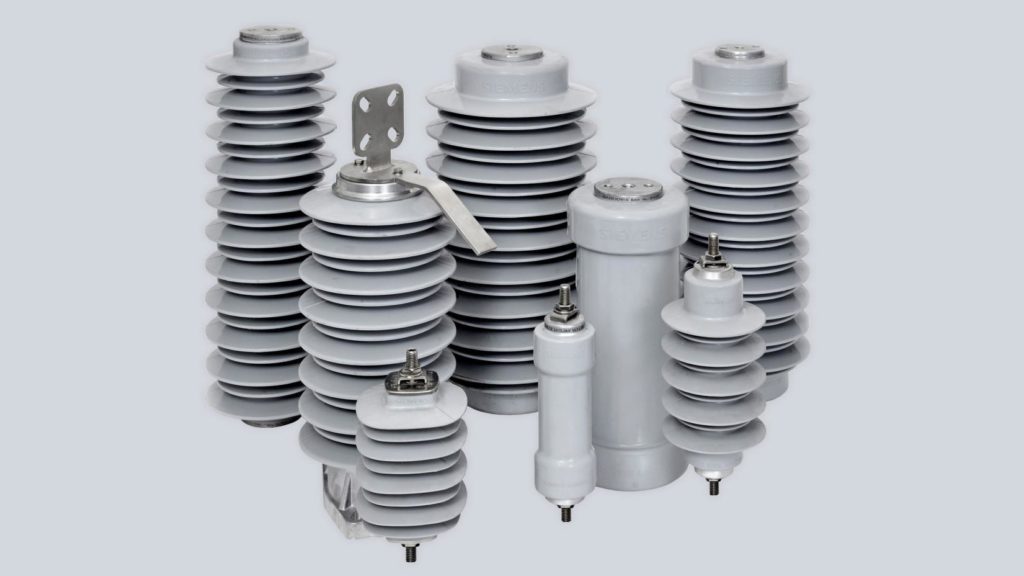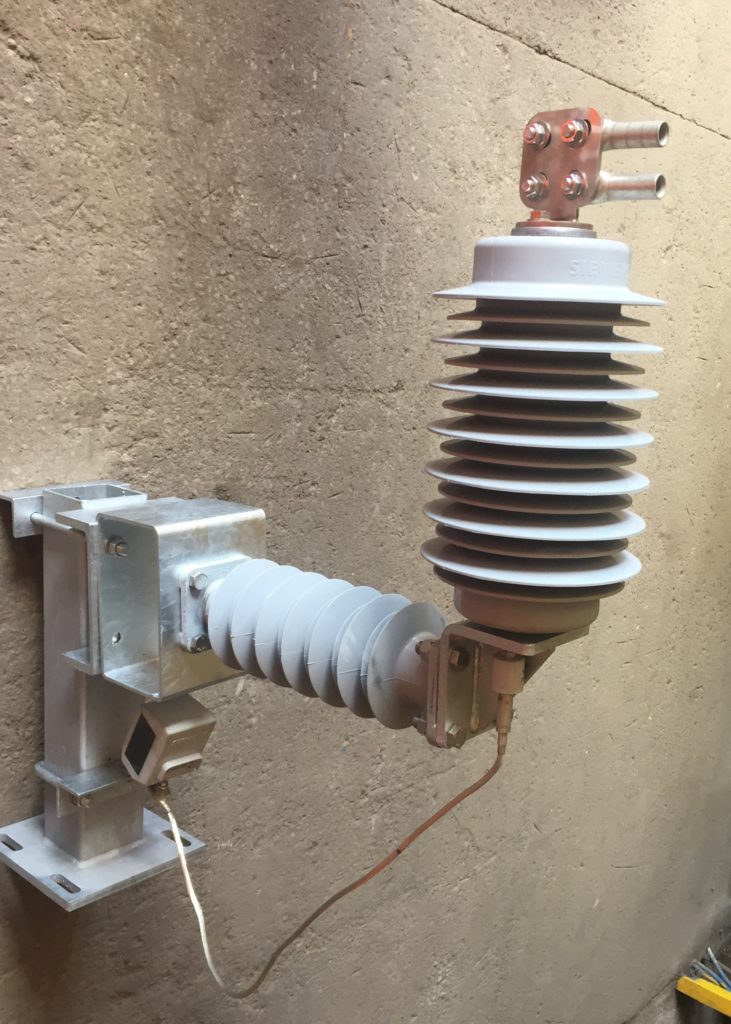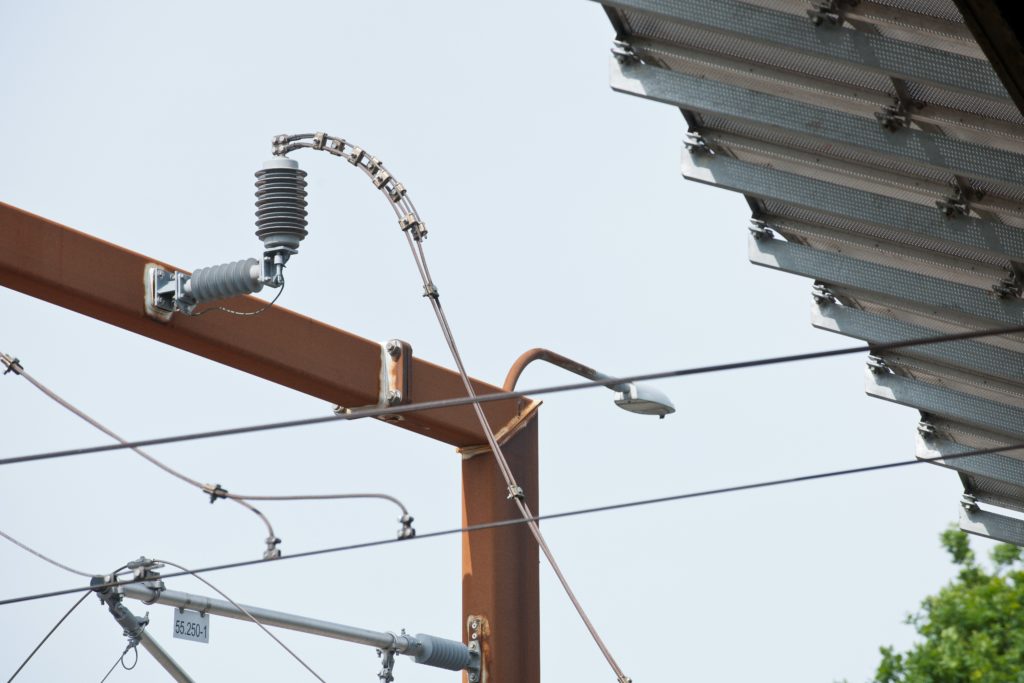
Guest writer: Justin Moss – Strategic Development Manager at Siemens Mobility.
In March 2020, the Department for Transport (DfT) published its ‘Decarbonising Transport’ paper, outlining the role the transport sector has to play in achieving the government’s target of net zero greenhouse gas emissions by 2050.
The paper marks the start of a process which will see the government set out the policies and plans needed to address transport emissions and to realise the broad range of benefits that decarbonisation will deliver, improving people’s health, creating better places to live and travel in, and driving clean economic growth.
It also recognises that electrifying more of the railway will be necessary to achieve this, with major projects including the Great Western main line and Midland main line upgrade programmes already set to greatly expand the electrified railway network.
However, whilst electrification is set to have a major impact on the decarbonisation of the railway, the predominance of Victorian infrastructure across the network has historically presented projects with major engineering and cost challenges.
This is especially the case when 25kV catenary equipment has had to be installed underneath existing infrastructure, such as bridges or tunnels. Until now, this has only been possible by removing and replacing the existing structure, or lowering the track, which is not only costly and time consuming for the project but can also be problematic if the structure is listed or requires utility diversions.
The problem – electrical clearance
The issue that has arisen when negotiating these structures has been the need to provide sufficient electrical clearance. Clearances are defined by standards and legislation and are an essential factor when designing and developing overhead line systems. If adequate electrical clearance cannot be provided, then scheme designers have had to consider whether to modify or renew the bridge or tunnel, or alternatively to lower the trackwork running through it.
Clearly, expert knowledge of electrical clearances throughout the overhead line design process has been critical, enabling different scenarios to be modelled and assessed. To ensure the electrified infrastructure doesn’t suffer electrical flashovers, which could result in catastrophic failure of equipment and significant operational disruption to the railway, the designers will have taken into account a range of factors, including normal and extreme environmental conditions, pantograph uplift and maintenance tolerances.
These have been difficult decisions, not only because of the impact they would have on a programme’s costs and timescales, but also in their contribution to the overall embedded carbon for the delivery of the scheme. Addressing these issues has been a key deciding factor as to whether some electrification projects have been viable.
The challenge then has been to reduce electrification costs and shorten programme timescales by eliminating the need to undertake these disruptive, time-consuming and costly infrastructure works.

The solution – Surge Arresters
In response to this issue, Siemens Mobility’s electrification team has developed an engineered solution which uses a 25kV surge arrester in circuit with the overhead line system. This enables reduced electrical clearances to be applied and delivers significant cost and delivery benefits.
By introducing surge arresters into the electrification system at bridges and tunnels, if over-voltages do occur, for example through a lightning strike, the surge arrester reduces the impact by a magnitude of voltage which complies with the required electrical clearance values between an overhead line and structure.
Depending on the required protection level, surge arresters can be applied to the overhead line equipment at both sides of the structure and for each contact system running through it that requires a reduced electrical clearance.
As described in issue 158 (December 2017), on completion of extensive test trials in 2017, Siemens Mobility’s surge arrester has been approved for use by Network Rail and has now been designed and installed on the UK network since December 2019, with the first installation being in Cardiff, where restrictions caused by the proximity of a canal, combined with a rail intersection bridge, meant that the track could not be raised or lowered to accommodate compliant electrification equipment.
The system is also being considered at other locations in the UK, such as Wales and Borders and the Transpennine Route Upgrade.

To monitor the frequency and cause of over-voltage incidents, a counter module can be installed with the surge arrester that can be read remotely from a track side position using Bluetooth technology. In contrast to simple spot checks, these long-term measurements automatically provide optimum information for trend analysis and make a valuable contribution to asset management.
Already proven in projects, surge arresters are removing one of the major obstacles that has held back many electrification projects in the past. By reducing the overall cost of programmes and shortening delivery programmes, the application of this technology will reduce disruption for passengers, improve performance and deliver cleaner and quieter journeys, making a significant contribution to the industry’s decarbonisation targets.
Justin Moss is strategic development manager – rail electrification at Siemens Mobility.


